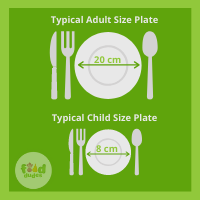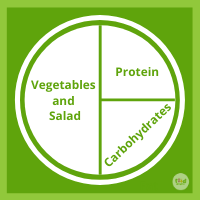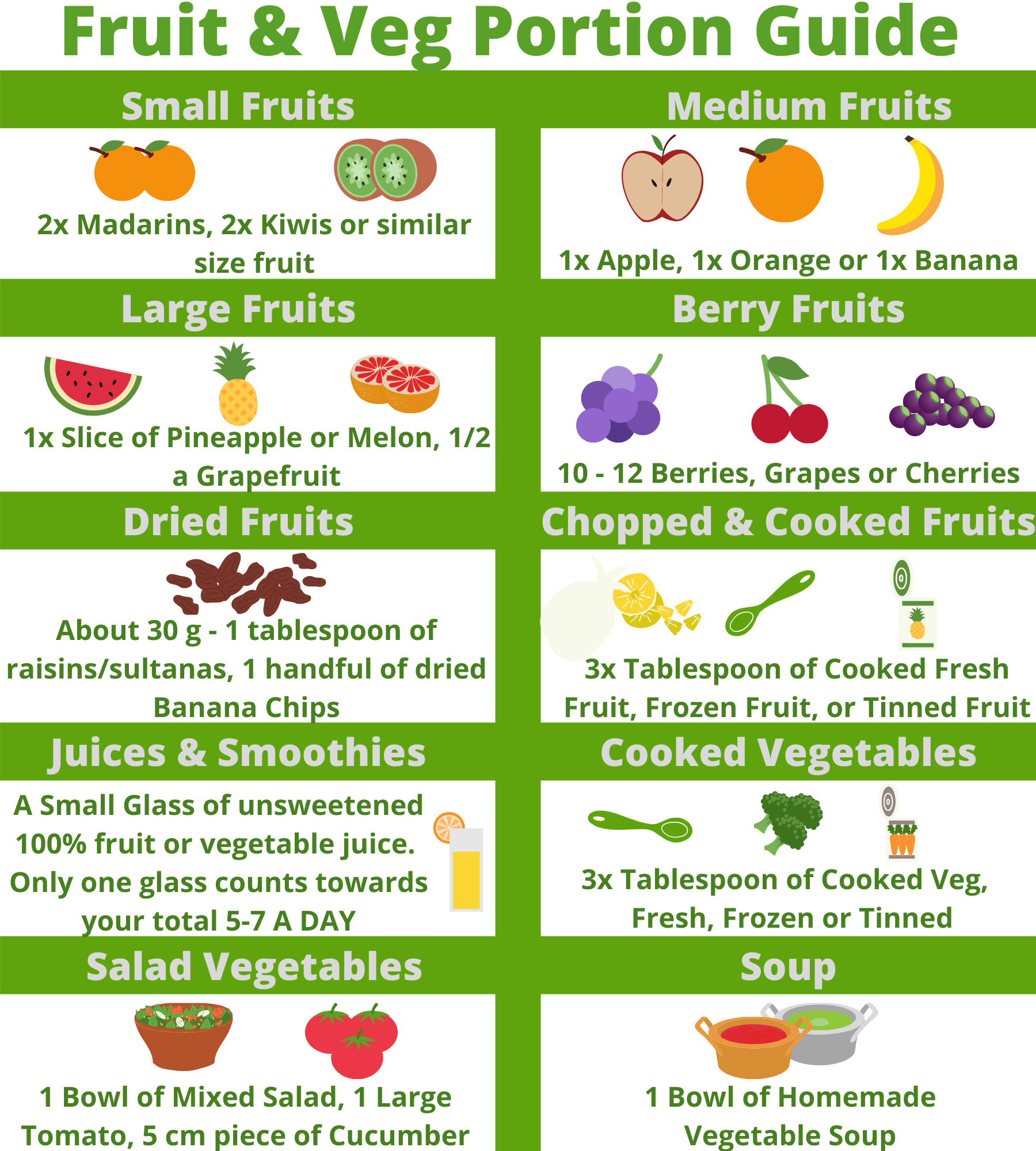Creating healthy lifestyle habits, including positive attitudes and behaviours when it comes to food is one of the most important aspects in shaping the health of children. Healthy eating habits that are established in early years can set a child up for good health in later life. A healthy diet is about getting a good balance of food and drinks in the right amounts.
Let’s take a look at the portions of food children should be eating and some tips to ensure they are getting the right nutrients.
Guidelines to Portion Sizes of Fruit & Vegetables
Fruit and vegetables add flavour, colour and texture to our diet. Fruit and veg are packed with vitamins, minerals and fibre to help keep us healthy. Children are recommended to have 5-7 portions each day. It is important to include some fruit and vegetables at each meal of the day, as well as enjoying them as snacks. This will help us reach that 5-7-a-day goal and ensure that we are eating enough variety to give us a range of vitamins and minerals.
What fruit and vegetables count towards 5-7 portions a day?
There are a wide variety of fruit and vegetables that count towards your 5-7 portions a day. Fresh, frozen, tinned and dried all count in correct proportions.
What is a portion?
As a rough guide, 80g is considered a portion size of fruit and vegetables. For dried fruits 30g is an estimated portion (based on this being 80g fresh weight). However, for ease (and especially to help children to learn about their own portions of fruit and vegetables) these measurements usually equate to roughly around a handful -use the Food Dudes cupped hand technique e.g. a handful of cut grapes, raisins, berries etc. It also equates quite nicely to an average apple, orange, or nectarine too, which generally make up one portion for an adult on their own.
For vegetables, the average portion is 3 tablespoons of mixed, chopped or tinned vegetables, and a portion of salad is suggested to be around a small dessert bowl size, or the equivalent of a side salad. What is most important is to ensure at dinner time half our plate is filled with vegetables.
A guide to portion sizes of fruit and vegetables
Fruit juice – this only counts as one of your daily portions as a lot of the fibre is lost in the processing. The processing also makes the sugars more readily available and too much of these sugars can cause tooth decay. Always make sure you drink fruit juice that is not from concentrate. One 150ml glass of pure, unsweetened fruit juice counts towards one of your 5- 7 portions per day, and, even if you consume other varieties of fruit juices it still only counts once!
Smoothies - These are delicious additions to the diet, especially in the summer and they often contain the edible pulp as well as the juice. However, because the fibre content would still be lower than a fresh piece of fruit, smoothies should only be enjoyed as one portion per day.
Tinned fruit – Around 3 tablespoons or 80 grams of these count as a portion, as long as the fruit isn’t canned in syrup. It is best to buy them in their natural juices. These are particularly convenient as they have a longer shelf life, particularly as we can't make it to the supermarket as often! Try adding tinned sweetcorn to salads and meals or having some tinned pineapple as a dessert.
Dried fruit – 30g of dried fruit can count towards your fruit and vegetable intake (e.g. 1 heaped tablespoon of raisins, currants or sultanas, 2 figs or 3 prunes or apricots) and it’s recommended to have these alongside other foods to minimise the impact of the sticky sugars on your teeth. Dried fruit is a good source of fibre for a child. Fresh alternatives are better as they contain more nutrients and are a source of hydration too!
Other Options – Potatoes, yams, cassava and plantain don’t count as a vegetable as they are very high in starch and therefore, they are considered a carbohydrate. Sweet potatoes, parsnips and swedes DO count towards your daily recommended fruit and vegetable intake.
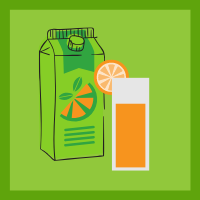
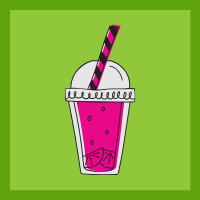
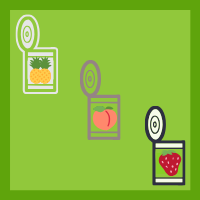
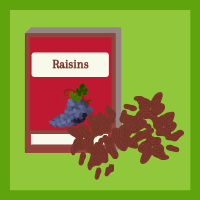
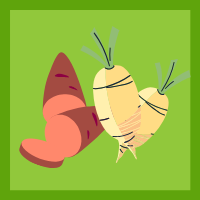
Tips for controlling portions at mealtimes
- Use smaller plates for your children's meals
- Follow these guidelines as to how to fill the plate:
Vegetables and salad - Half a Plate
Protein - Quarter of a Plate
Carbohydrates - Quarter of a Plate
- When eating out in restaurants, children should have a half portion or kids size. Restaurant portion sizes are on average about 2.5 times larger than the standard portion servings.
- Sometimes dehydration or thirst can be confused with hunger. By ensuring we stay hydrated and drink plenty or water throughout the day, you can be sure that you aren’t confusing hunger with thirst.
- Meal times should be prioritised and not rushed. Family sit-down meals also provide valuable opportunities to reconnect with each other.
- Remove all distractions such as the television and technology. Meal times should not be stressful, there should be no pressure on children to eat all the food on their plate, allow them to eat until they are satisfied or they say 'I've had enough' and remember a child's appetite can change from day to day.
- Do not reward children with treats if they finish their dinner.
- Children should be offered nutritious snacks like fruit and vegetables (for example, an apple/ carrot sticks/ cucumber or a handful of sliced grapes).
- When eating out or at the cinema, don’t be tempted to go for the giant value meal or the jumbo drink, aim for regular portion sizes and avoid any excessively large meal deal options.
